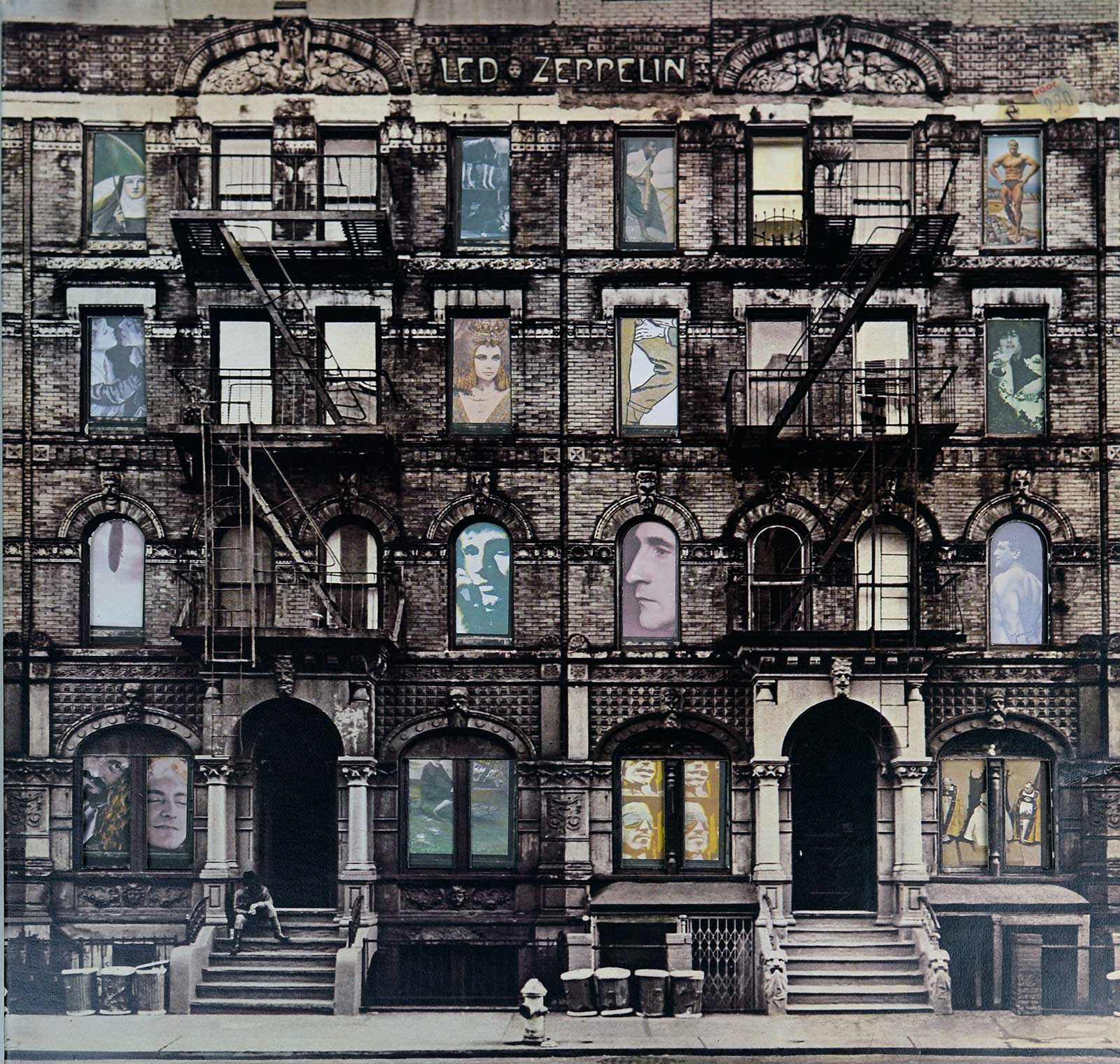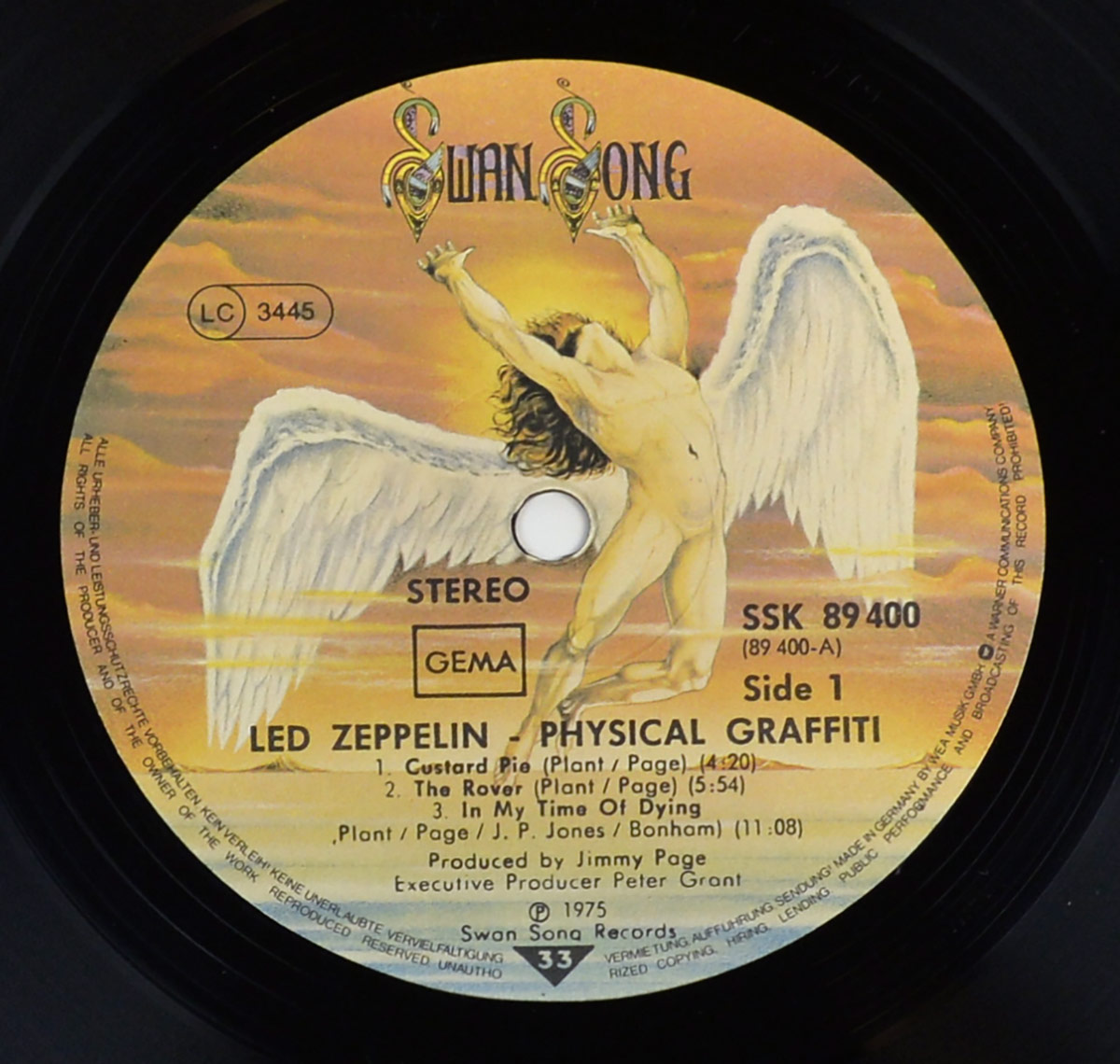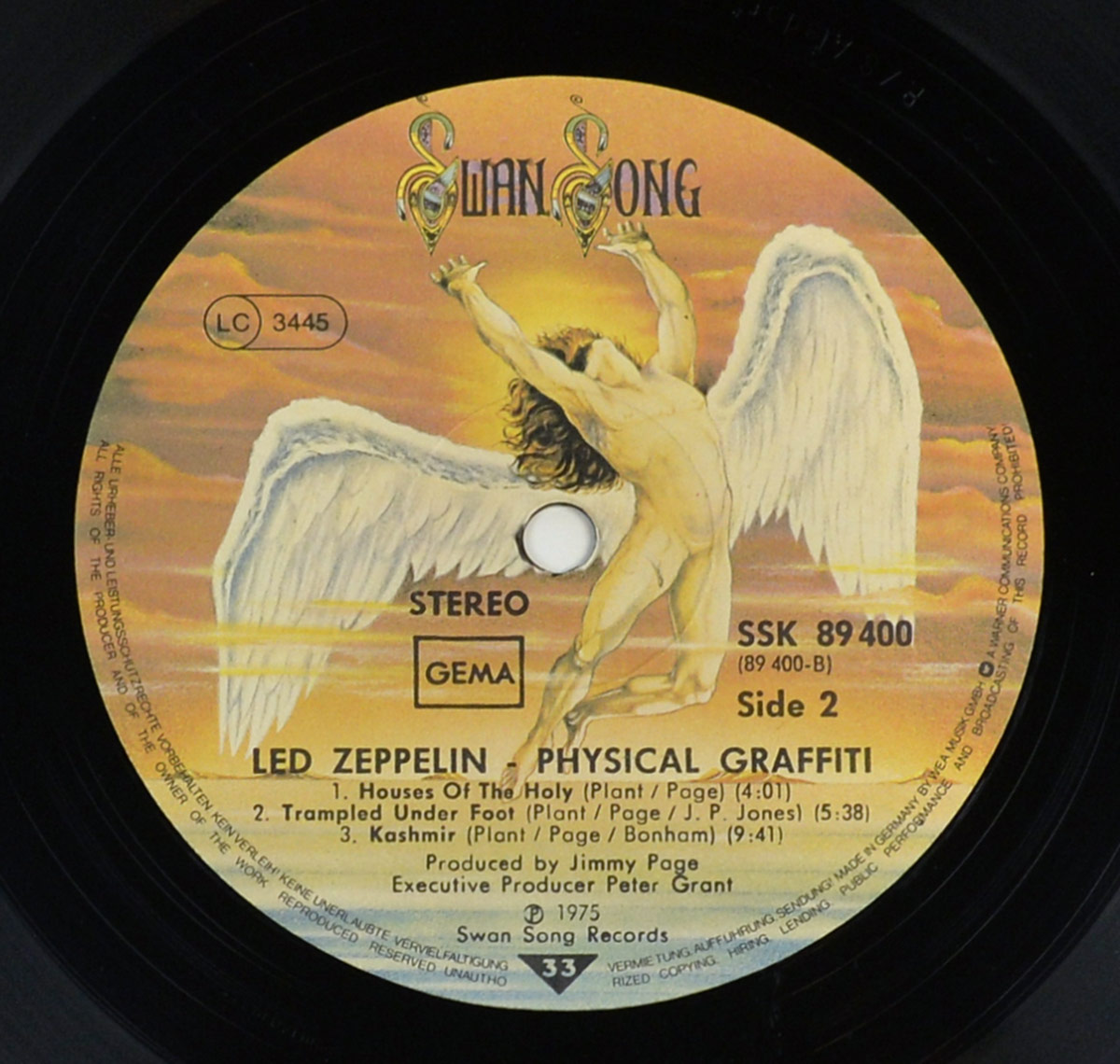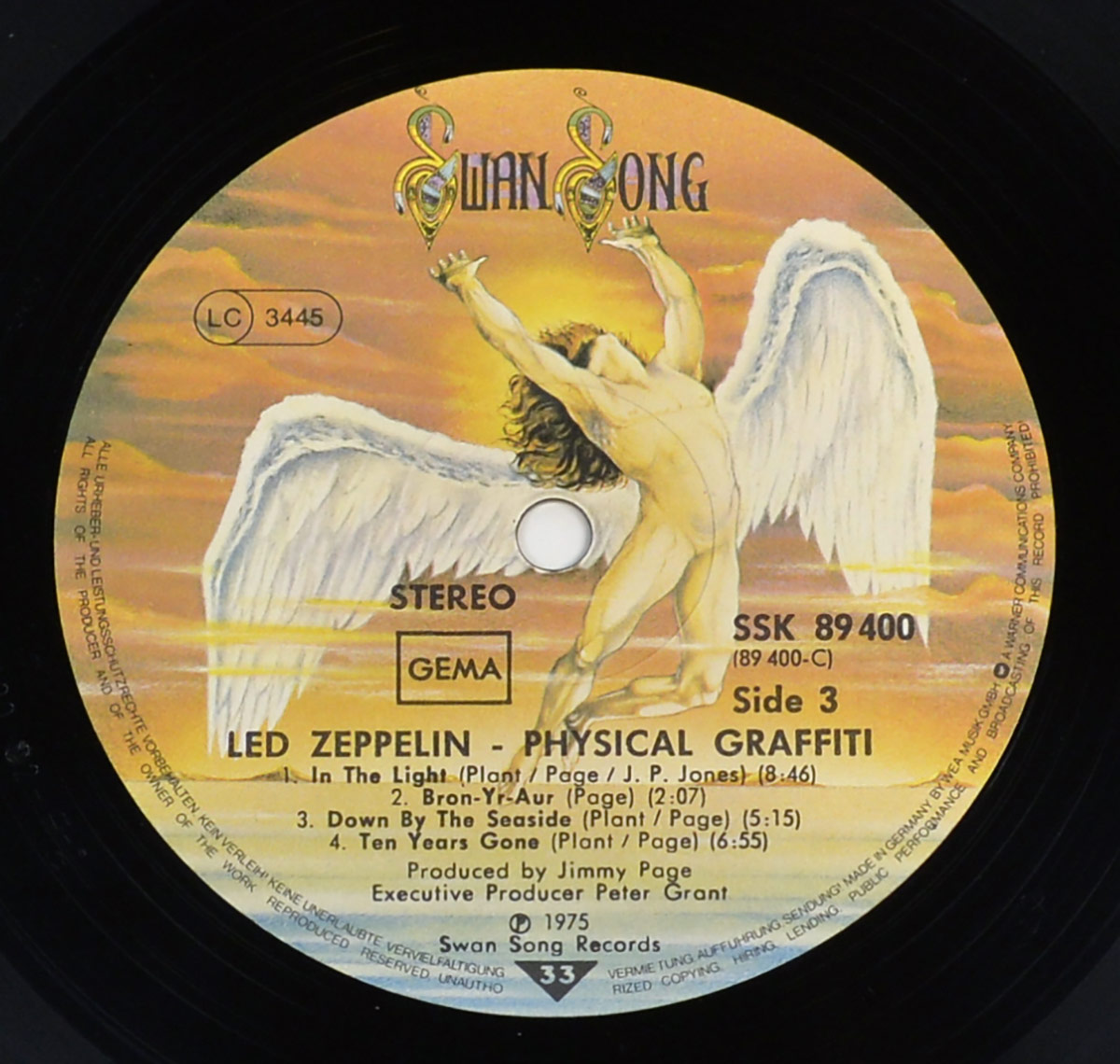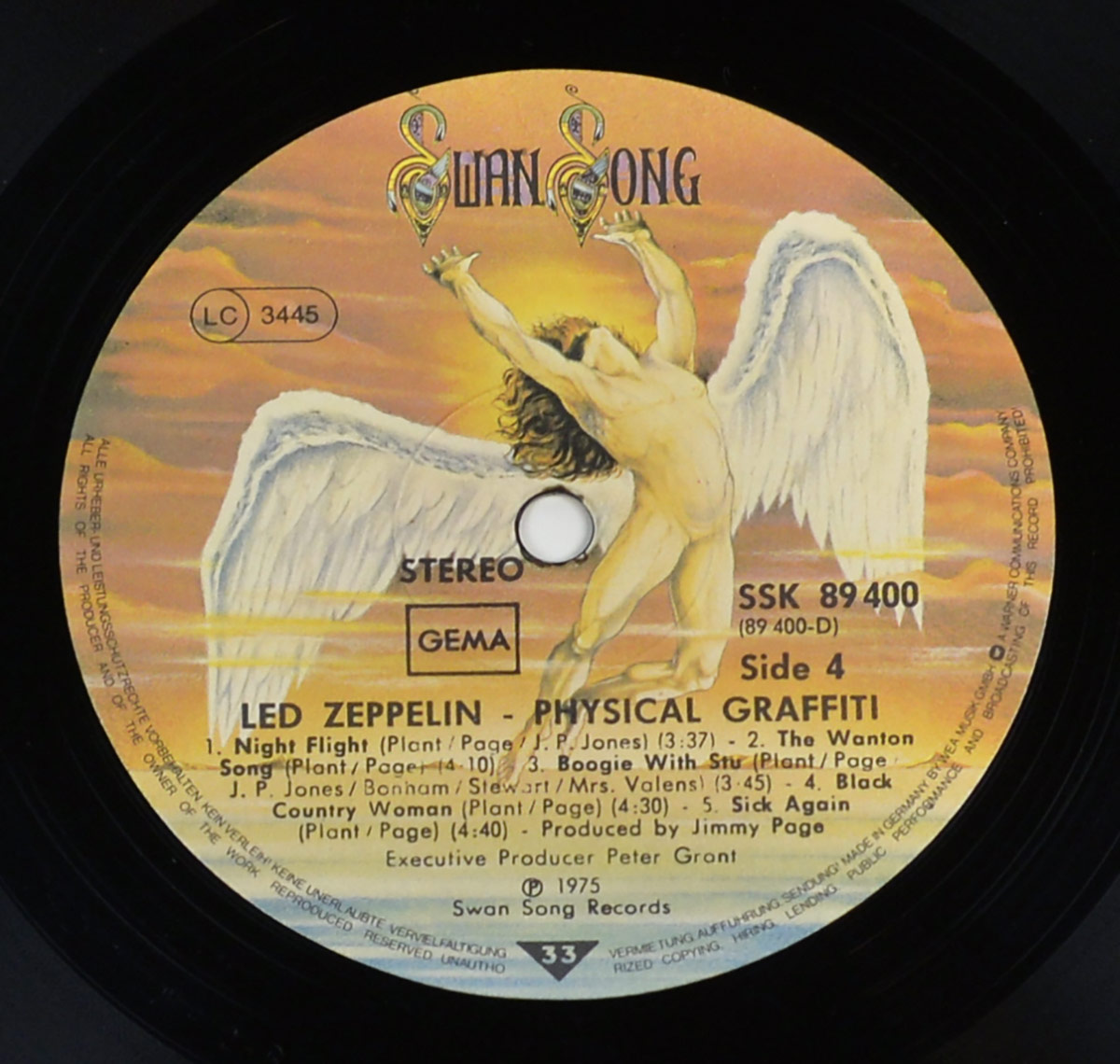In 1975, Led Zeppelin unleashed "Physical Graffiti", a sprawling double album that served as a monument to their unchecked ambition and musical prowess. The album arrived at a time when the band was at their commercial peak, having already conquered the world with their blues-infused hard rock anthems. "Physical Graffiti" was a testament to their desire to push boundaries and experiment, even as they reveled in the excesses of their rock star lifestyle.
The album was a sonic journey through Led Zeppelin's vast musical landscape, encompassing everything from thunderous hard rock to delicate acoustic ballads. It was a testament to the band's versatility and their ability to seamlessly blend different genres and styles. The opening track, "Custard Pie," set the tone with its swaggering riff and Robert Plant's lascivious vocals. Other highlights included the epic "Kashmir," the bluesy "In My Time of Dying," and the playful "Trampled Under Foot."
"Physical Graffiti" was recorded over several years at various studios, including Headley Grange, a 19th-century mansion that had previously served as a recording space for Fleetwood Mac and Bad Company. The album's production was helmed by Jimmy Page, who meticulously crafted each track to perfection. Page's guitar work was as dazzling as ever, while John Paul Jones' bass lines provided a solid foundation for the band's sonic explorations. John Bonham's drumming was a force of nature, propelling the music forward with his powerful beats.
The album's release was not without controversy. Some critics accused the band of self-indulgence and criticized the album's length. However, "Physical Graffiti" was a commercial success, topping the charts in both the UK and the US. It solidified Led Zeppelin's status as one of the biggest bands in the world and cemented their legacy as rock 'n' roll legends.
"Physical Graffiti" was a product of its time, an era of rock 'n' roll excess and experimentation. It was a time when bands were pushing boundaries and exploring new sonic territories. Led Zeppelin was at the forefront of this movement, and "Physical Graffiti" was a testament to their creative spirit and their unwavering commitment to their craft.
The album's historical context is important to understand its significance. It was released during a time of great social and political upheaval, a time when the world was changing rapidly. Rock 'n' roll was a powerful force for change, and Led Zeppelin was one of its most influential voices. "Physical Graffiti" was a reflection of this turbulent era, a raw and unfiltered expression of the band's hopes and fears.
